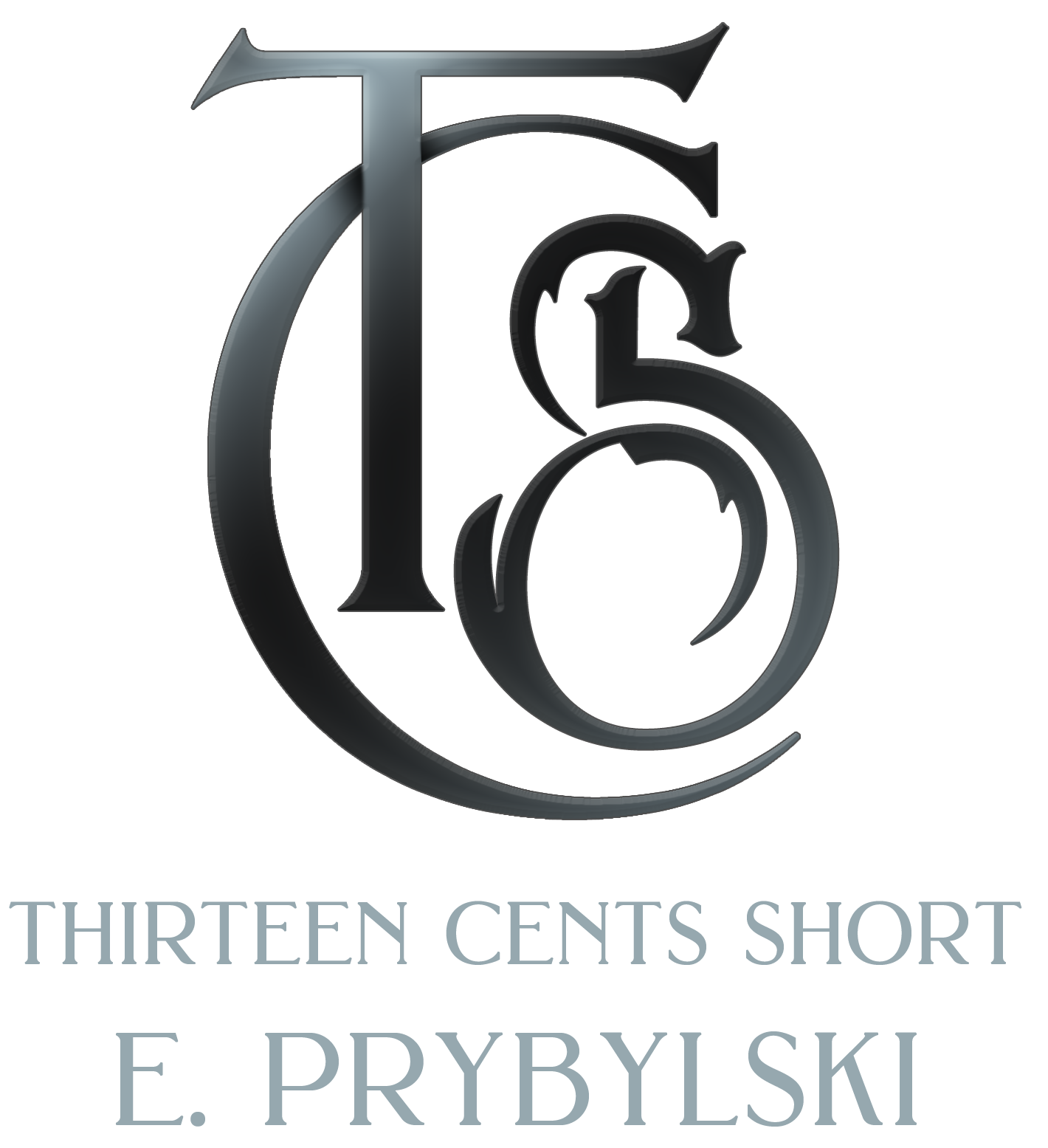This may turn into a series about common errors in literature, but we’ll see where it goes. For now, while it’s fresh in my mind, I wanted to address an area of writing that has problems a great deal of the time. It’s a loose relation to my last post where I talked about the need to research aspects of your book.
So let’s talk combat scenes in books. You don’t need to be a martial artist or expert gunslinger to write a good conflict, but luckily for me, I am experienced with a variety of weapons and martial arts styles. So I can give you both the perspective of a martial artist as well as the perspective of a writer–and I can explain better why you don’t need to be both.
The first problem we’ll go into is the issue of people who don’t understand how fights work in the real world. Before we get started, I recognize and bow to the “Rule of Cool” (which states that coolness is more important than reality), but there are limitations to it.
One of the first things many people don’t realize is how disabling some injuries can be. Even relatively minor ones. Coming from the annals of experience, I can tell you that being punched in the nose (even if you don’t even get a nosebleed from it) is enough to seriously distract if not stop someone. Punching someone in the face puts you at great risk for injuring your hand on the person’s teeth (which is why we don’t suggest people do it in real life) and leaves you open to all sorts of nasty diseases and infections. However, it will stop many people rather suddenly. Having your ears boxed is also rather awful, and I don’t suggest anyone do it. My favorite resource for understanding what certain injuries would do to a person in the real world is the book Body Trauma. I use it regularly. However, outside of purchasing a book, you can study what the injuries your characters are inflicting (and having inflicted on them) would result in using WebMD or other, similar, resources.
The reason I mention this is I recently was working on a manuscript where a character had fractured ribs, a severe ankle sprain, and an injury requiring stitches and the next day was going galavanting about the countryside as if nothing was wrong. The author and I had a discussion about the viability of the injuries and ultimately decided to scale down the hurt because the character needed to be well enough to take part in very physical activity. While, yes, you can justify adrenaline for certain amounts of activity after severe injury, make sure you think about what the ramifications are for the character and their ability to do things afterward.
Next, I want to address the idea of realistic combat. Rule of Cool here, but real fights don’t last long. As an SCA rapier fencer, I can tell you most bouts last less than a minute. If you are doing a sword and sorcery setting, you might find watching videos of ACL fighters in action. If you’re in a setting where firearms are more a focus, you will want to watch people doing shooting courses. For martial arts, you can watch videos of the style you’re interested in. If you’re less interested in people who are trained, you can look up videos of street fights of various kinds. I explicitly did not link videos of street fights because it could upset folks, and that’s not my goal.
Granted, watching that kind of might not appeal to you, but if you’re going to include fights in your books, you should know what they look like. I can tell you from experience, they don’t look like an anime. Even if you elect to have your story take a more cinematic view of fighting, you should understand that a fight is a fight, so don’t drag them on for three chapters like Dragon Ball Z.
Finally, you don’t need to over-describe every action. While you can choose to describe some parts more than other, you don’t need to detail out every piece of every motion a character makes. It can be simple enough to say, “he dodged left” rather than giving over-information about the character’s movements. Over-describing a conflict is a good way to take all the excitement out of it because it drags the pacing and will result in readers feeling frustrated and wanting to just know who wins. That isn’t to say you should omit all flavor text and dryly announce who is doing the punching, but don’t drown your readers in detailed descriptions of how the character moves either. It’s a balance, but with some time, study, and effort, you can make it work.
I hope you found this helpful, and I think next week I might write a blog about common errors I see in medieval settings.
